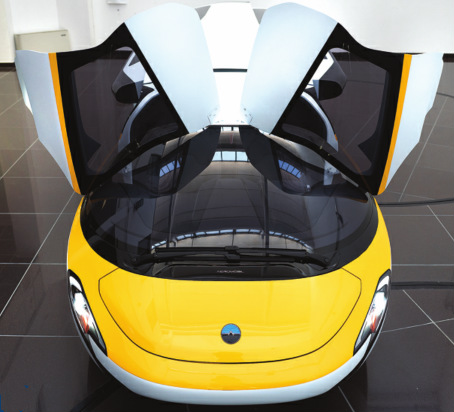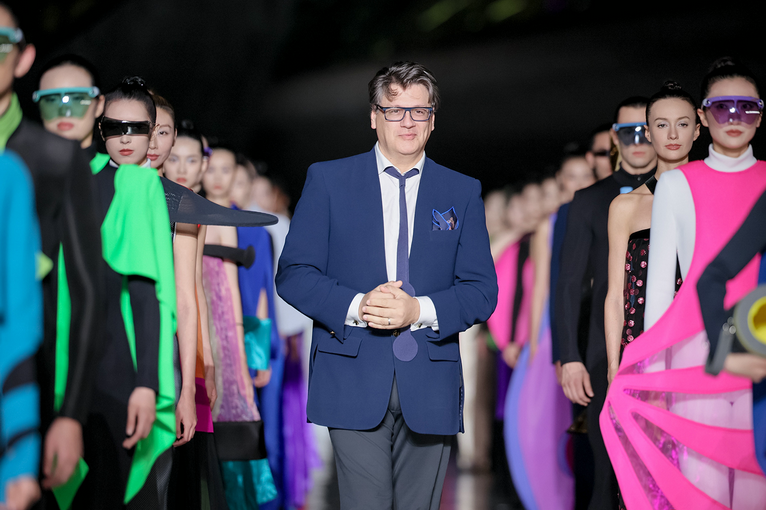Wings of desire


The two-seater AeroMobil can convert from road to flying mode (and vice versa) in just three minutes, with the wings tucking away so it can fit into a regular parking space. Vaculik says AeroMobil's potential customers come from a range of backgrounds and markets, including supercar buyers and aviation enthusiasts.
"The newest AeroMobil is purposefully designed as a breathtaking, highly desirable, truly niche high-technology luxury vehicle," says Vaculik. Beyond the convenience and novelty factor, he believes that flying cars could be the answer to relieving the worsening congestion in transport systems. "They will be a natural extension to the set of cars, airplanes and helicopters we use today."
It's a view shared by Uber and other major players aiming to enter the market. The main technologies available - carbon fiber and lightweight materials - and the power output of the new generation of engines are allowing designers to develop an entirely new type of vehicle.
Vaculik, a self-confessed technology buff, says he became involved with AeroMobil in 2010 and funded the project out of his own pocket until 2015, when the company began to receive money from private investors and the Slovak government. He's confident that regulatory and other potential obstacles won't stop the development of flying cars, despite the current debates over the use of drones and driverless cars. "In Asia, markets such as China are undertaking significant investment in airport infrastructure, creating opportunities for transport innovation," he says.




































